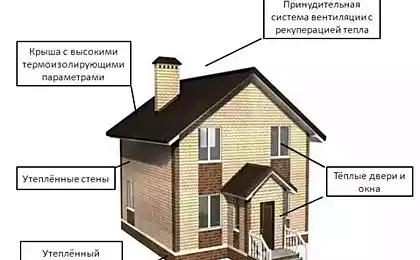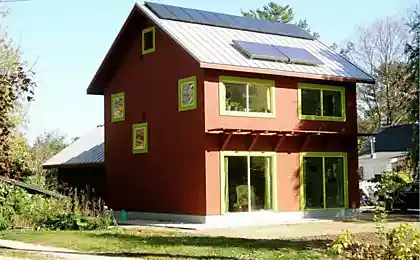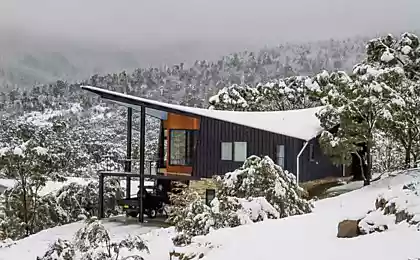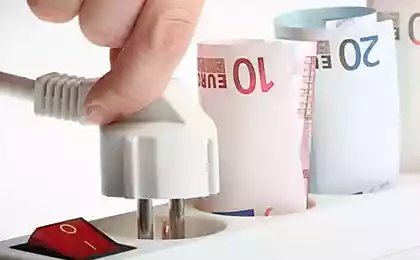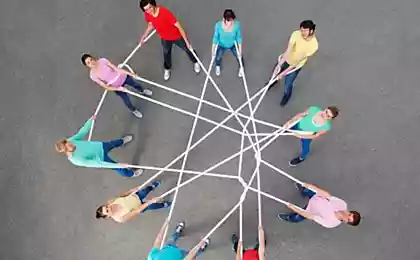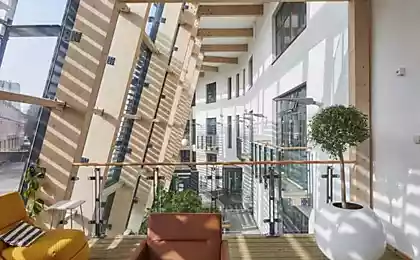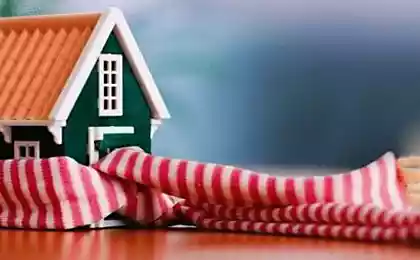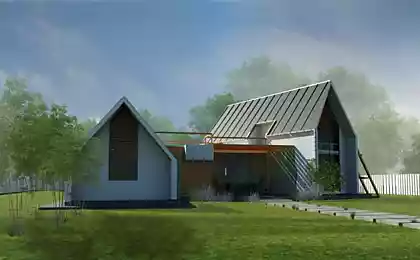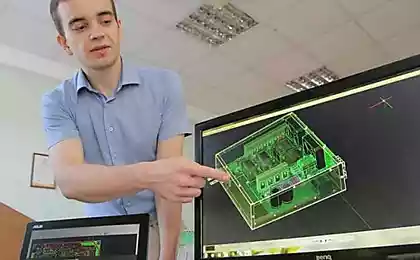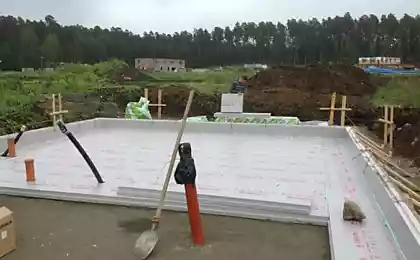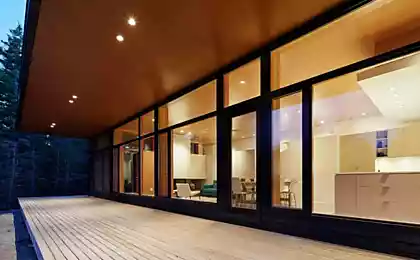650
Energy efficient home: a Danish experience
Hannah beer, an employee of the municipality the Danish town of Egido, received the highest audience for the fact that, as Queen, worked 40 years in one place. In particular, Her Majesty thanked Henne for participation in the creation of Europe's largest energy-efficient settlements.
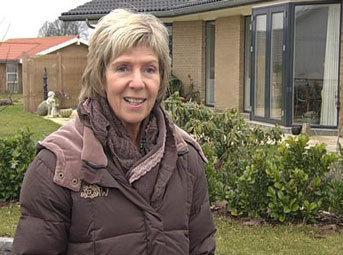
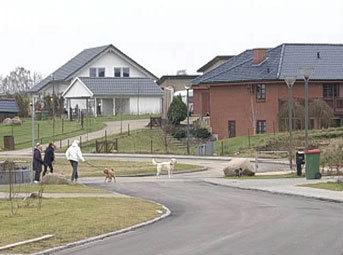
This experiment began in 2005. The municipality has allocated land for the creation of fundamentally new settlement. To build a house here only from environmentally friendly materials, using energy-saving technologies. The municipality strictly monitors compliance with these conditions. To date, we have built 400 houses, and each consumes at least 35% less energy than required by the building code of Denmark.
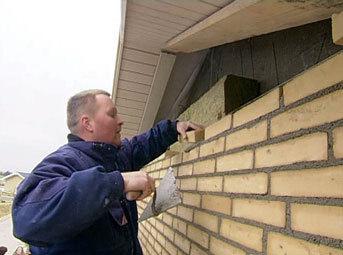
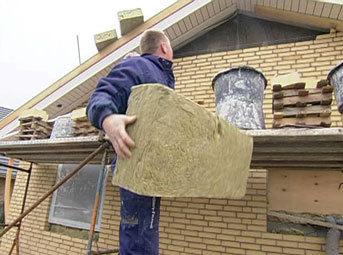
Experimental village called Stainless, in translation into Russian it means "Bezimenna". Although here is the most popular material – insulation made of stone wool. The house erected approximately on one technology: the number of bricks and a thick layer of insulation.
In architecture everyone is free to choose according to taste. For example, for herself and her husband, Hannah beer chose one-storey house with a Bay window and a large glazing. With regard to energy saving systems, there are techniques common to all buildings.
For example, install double glazing, as a rule, insulated, three-chamber, with a special coating that reduces heat transfer.
The ventilation system is equipped with a so-called recuperators.
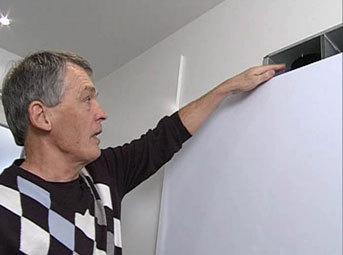

The system, which employs recuperator, simple but effective: the intake cold air is heated by coming from the room exhaust heat. So heat loss is minimized.
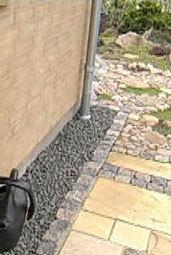
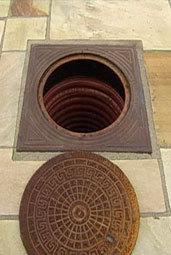
Another mandatory design – a system of collecting rainwater. The water flows from the roof, filtered and sent to a special tank. If rains too much, the excess water goes into the ground through a special plastic tube. The system is designed so that the discharge occurs gradually, slowly that the soil is not settled.

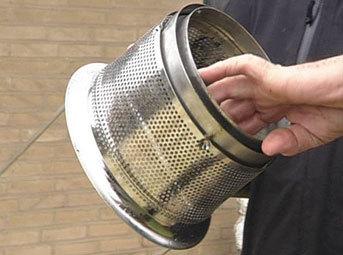
Filters trap any debris. You need to clean them about once a month.
Rainwater settlers used only for flushing toilets and operate washing machines. Gudrun Zann, a mother of three children, arranges a large Laundry four times a week and the availability of free water is low.
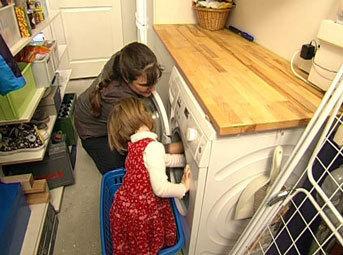
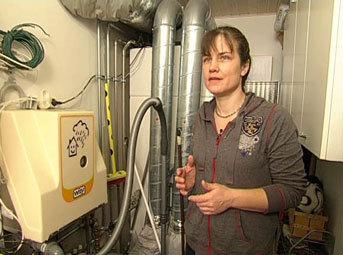
Another plus rain water – it is not formed limescale in the machine, so it's easy to do without special additives to soften the water. Solid savings!
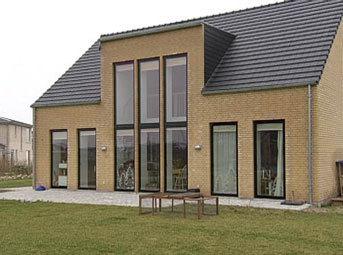

Gudrun lived with her husband Stefan in Germany, but a few years ago he got a job in the Danish pharmaceutical campaign. To live the couple decided energy Stainless. They had two years to find a campaign that would build a dream house. Even in the advanced Denmark with this problem. But in the end Sandy got the most economical house in the village.
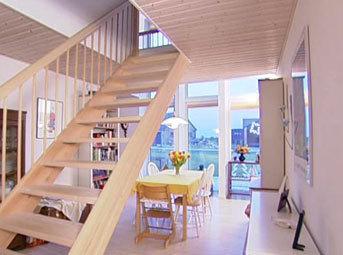

All the Windows in the house face South, so not lost a single solar beam. In addition, the house is well insulated for the brickwork layer rock wool thickness of 50 cm as a result there are no radiators in the spaces there – they're just not needed.
Besides, out of the house takes the heat because there are no drafts. You can spend a little experiment: light a candle and hold it to the frame. There is no air movement, so the candle flame does not flicker.
House Gudrun built on the thermos principle – it is completely sealed. And the main source of heat – the inhabitants of the house. Per day the human body produces 100 KW of heat energy. However, when you look at jumping the youngest daughter Gudrun, Leani, it seems that all 200.
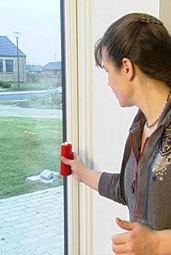


The owners joke that their house may be heated by a single candle and a bottle of wine, so often invite.
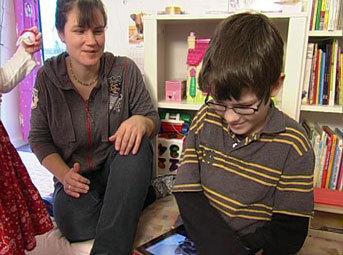
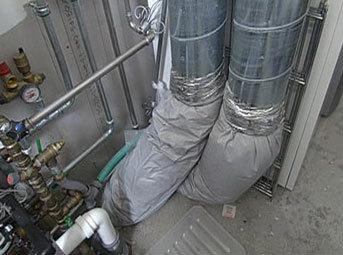
Such a house even in the winter enough heat households, combined with the fall in home solar energy and energy produced by electrical appliances.
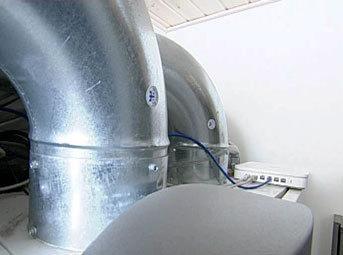
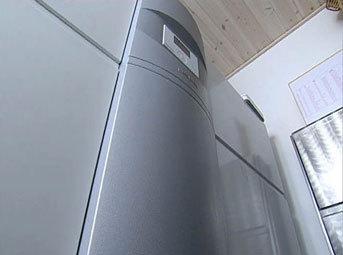
The excess of this heat to heat water, which the owners use for the shower. On the coldest days, when it's minus 20, they go to work Underfloor heating.
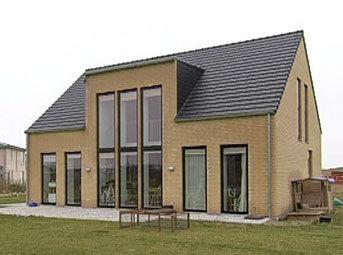
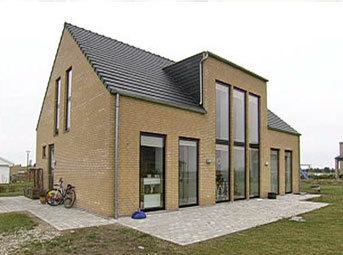
In Danish "Basement" for 400 energy saving houses. And although the crisis has slowed down construction in Denmark, here at home continue to build: Scandinavian concise, without fences and without curtains on the Windows. published
P. S. And remember, only by changing their consumption — together we change the world! ©
Join us in Facebook , Vkontakte, Odnoklassniki
Source: old.dacha.tv/design_indoor_outdoor/v_gostjach/zblthacfi98b2q5ahf82/str/4/


This experiment began in 2005. The municipality has allocated land for the creation of fundamentally new settlement. To build a house here only from environmentally friendly materials, using energy-saving technologies. The municipality strictly monitors compliance with these conditions. To date, we have built 400 houses, and each consumes at least 35% less energy than required by the building code of Denmark.


Experimental village called Stainless, in translation into Russian it means "Bezimenna". Although here is the most popular material – insulation made of stone wool. The house erected approximately on one technology: the number of bricks and a thick layer of insulation.
In architecture everyone is free to choose according to taste. For example, for herself and her husband, Hannah beer chose one-storey house with a Bay window and a large glazing. With regard to energy saving systems, there are techniques common to all buildings.
For example, install double glazing, as a rule, insulated, three-chamber, with a special coating that reduces heat transfer.
The ventilation system is equipped with a so-called recuperators.


The system, which employs recuperator, simple but effective: the intake cold air is heated by coming from the room exhaust heat. So heat loss is minimized.


Another mandatory design – a system of collecting rainwater. The water flows from the roof, filtered and sent to a special tank. If rains too much, the excess water goes into the ground through a special plastic tube. The system is designed so that the discharge occurs gradually, slowly that the soil is not settled.


Filters trap any debris. You need to clean them about once a month.
Rainwater settlers used only for flushing toilets and operate washing machines. Gudrun Zann, a mother of three children, arranges a large Laundry four times a week and the availability of free water is low.


Another plus rain water – it is not formed limescale in the machine, so it's easy to do without special additives to soften the water. Solid savings!


Gudrun lived with her husband Stefan in Germany, but a few years ago he got a job in the Danish pharmaceutical campaign. To live the couple decided energy Stainless. They had two years to find a campaign that would build a dream house. Even in the advanced Denmark with this problem. But in the end Sandy got the most economical house in the village.


All the Windows in the house face South, so not lost a single solar beam. In addition, the house is well insulated for the brickwork layer rock wool thickness of 50 cm as a result there are no radiators in the spaces there – they're just not needed.
Besides, out of the house takes the heat because there are no drafts. You can spend a little experiment: light a candle and hold it to the frame. There is no air movement, so the candle flame does not flicker.
House Gudrun built on the thermos principle – it is completely sealed. And the main source of heat – the inhabitants of the house. Per day the human body produces 100 KW of heat energy. However, when you look at jumping the youngest daughter Gudrun, Leani, it seems that all 200.



The owners joke that their house may be heated by a single candle and a bottle of wine, so often invite.


Such a house even in the winter enough heat households, combined with the fall in home solar energy and energy produced by electrical appliances.


The excess of this heat to heat water, which the owners use for the shower. On the coldest days, when it's minus 20, they go to work Underfloor heating.


In Danish "Basement" for 400 energy saving houses. And although the crisis has slowed down construction in Denmark, here at home continue to build: Scandinavian concise, without fences and without curtains on the Windows. published
P. S. And remember, only by changing their consumption — together we change the world! ©
Join us in Facebook , Vkontakte, Odnoklassniki
Source: old.dacha.tv/design_indoor_outdoor/v_gostjach/zblthacfi98b2q5ahf82/str/4/
Good girls don't get fat— Remove the focus from the appearance of the child!
The secret of making SUPER food of the simple roots
